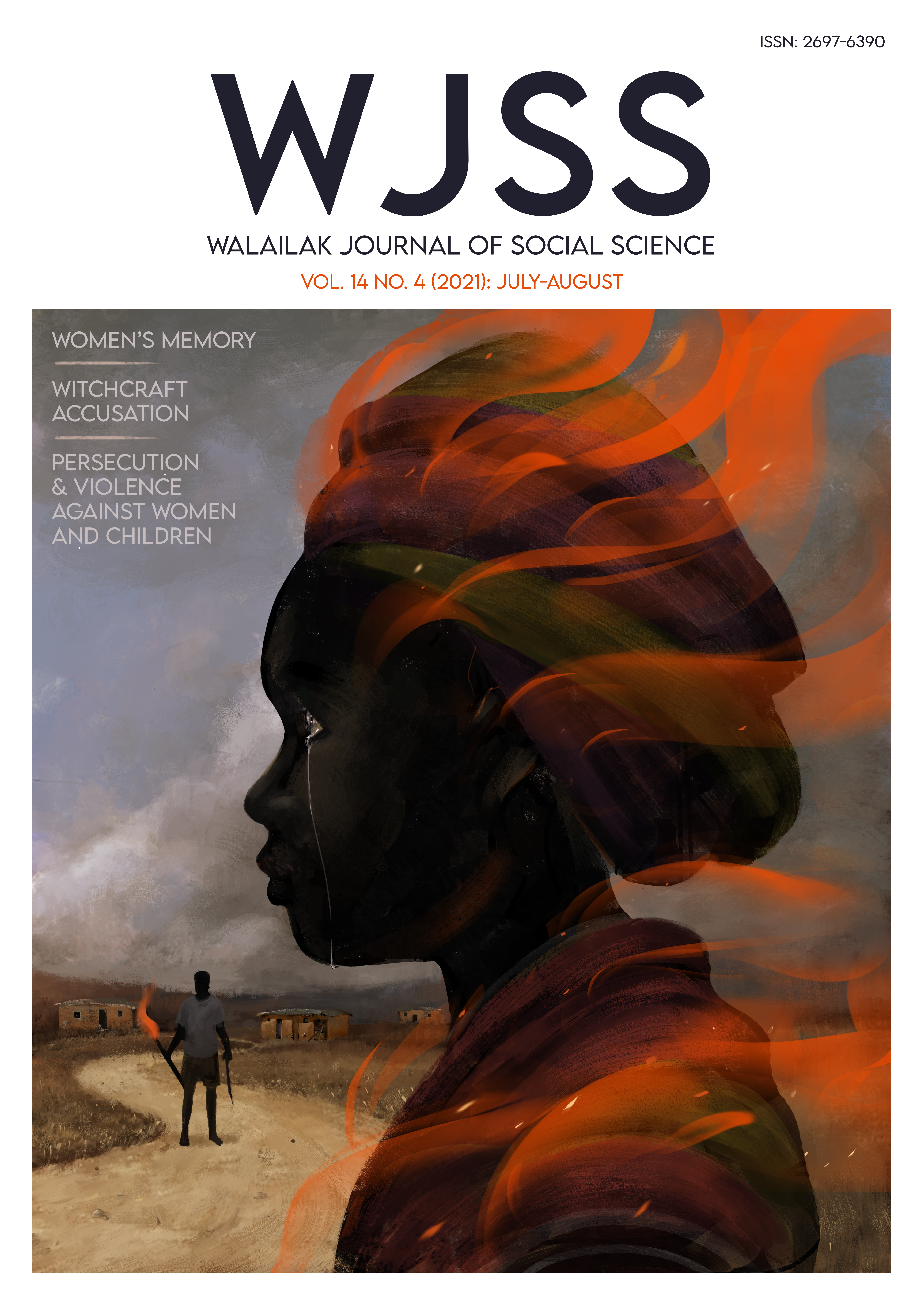The Concept of Right to Health: A Study of its Evolution, Constitutional Provisions and Judicial Perspective in India
Main Article Content
Abstract
In India, the concept of ‘health’ has been accorded prime importance at all stages of its historical development. In ancient period, utmost priority was given to hygiene and a clean environment which is key to health. Moreover, during that period, Ayurveda system of medicine flourished and great physicians like Charaka and Susruta rendered their great service to serve the ailing mankind. During the Mughal Rule, the Unani and Siddha medicine flourished and thereafter, during the British Rule the modern system of medical science was born. After independence, ‘health’ was included in the category of non-justiciable rights under the Directive Principles of State Policy which depended upon the will of the States for its implementation. But the Supreme Court of India realizing the importance of ‘health’ granted it the status of Fundamental Rights by bringing it within the ambit of ‘Right to Life’ under Article 21 through its landmark decisions. Since this right is not explicitly mentioned in the Constitution, there is lack of awareness resulting in the violation of this important right. Hence, in order to make the people more vigilant, there is a need to expressly incorporate the ‘Right to Health’ under Article 21 by constitutional amendment just like the Right to Education under Article 21A.
Article Details
Copyright: CC BY-NC-ND 4.0
References
Afroz, S. (n.d.). Health policy and planning in India. National Mission for Education through ICT. Retrieved from https://www.epgp.inflibnet.ac.in
Common Cause v. Union of India and Ors AIR. (1996). SC 929. Retrieved from https://www.indiankanoon.org.
Consumer Education and Resource Centre v. Union of India AIR. (1995). 3 SCC 42. Retrieved from https://www.indiankanoon.org.
India’s overall spending on health sector is ‘low’, says Niti Aayog member. (2020). The Hindu. Retrieved from https://www.thehindu.com/news/national/indias-overall-spending-on-health-sector-low-says-niti-aayog-member/article33132569.ece
Indian Economy. (2020). NCERT. Retrieved from https://www.ncert.nic.in
International Covenant on Economic, Social and Cultural Rights (ICESCR). (1966). Retrieved from https://www.ohchr.org/en/professionalinterest/pages/cescr.aspxSmith
Khandekar, I., Tirupude, B. H., & Murkey, P. N. (2012). Right to health care. Journal of the Indian Academy of Forensic Medicine, 34(2), 160-164.
Kirloskar Brothers Ltd v. Employees State Insurance Corporation AIR. (1996). 2 SCC 682. Retrieved from https://www.indiankanoon.org
Pandey, J. N. (2015).Constitutional law of India. (52nd eds.). Allahabad (India): Central Law Agency.
Park, K. (2015). Park’s textbook of preventive and social medicine. (23rd eds.). Jabalpur, India: Bhanot.
Parmananda Katara v. Union of India AIR. (1989). Retrieved from https://www.indiankanoon.org
State of Karnataka v. Manjanna, AIR. (2001). Retrieved from https://www.indiankanoon.org
State of Punjab and Ors v. Mohinder Singh Chawala AIR. (1997). 2 SC 83. Retrieved from https://www.indiankanoon.org
Tewari, M. (2021). Harappan people ate multigrain, high-protein ‘laddoos’: Study, times of India. Retrieved from https:/timesofindia.indiatimes.com
UN Office of the High Commissioner for Human Rights. (OHCHR). (2008). Fact sheet no. 31, The Right to Health. Retrieved from https://www.refworld.org/docid/48625a742.html


